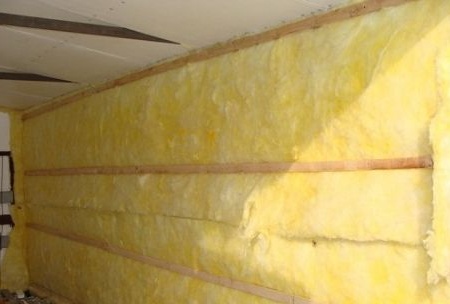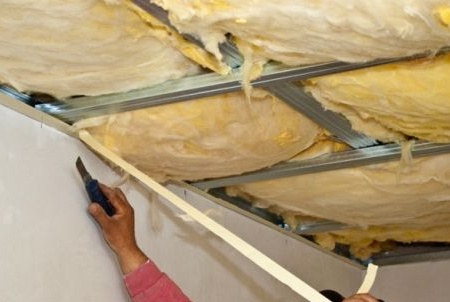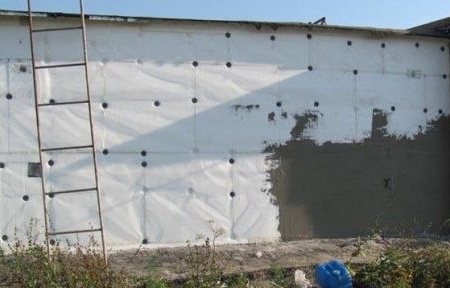
Nice and warm garage this is the key to the longevity of your car body. It would seem that the car body is made with metal, therefore it should serve for a long time and not be exposed to various weather conditions, but everything is a little bit different than we wanted. Metal, although a durable material, can still begin to deteriorate if improperly maintained. Sudden changes in temperature and changing weather conditions (snow-rain) can lead to violations of the anti-corrosion protection of metal on the back of your car, which can lead to rust with subsequent complete deformation of the body and its destruction. In order to keep your car body unharmed for as long as possible, I recommend taking care of the garage insulation. This process is quite simple and economical in relation to the means that you may have to spend on replacing body parts in case of rust.
How to start a garage insulation?
I propose to start the process of insulation from the walls, usually when building a garage no one seeks to make the walls thick and warm, therefore thin walls cannot become a reliable protector from the cold. In such a garage, even installing a heating element is decided of any sense, since all the generated heat will not be delayed for a long time inside the garage through thin walls.
The most common mistakes when warming a garage:
- Some motorists believe that in a garage you need to maintain a temperature of 20 degrees above zero, as is usually done in residential buildings. This opinion is fundamentally wrong, because if +20 degrees is a comfortable temperature for a person, this does not mean that it will be comfortable for a car, namely for a metal body. If in the summer such a warm garage does not do any harm to your car, then during winter operation the temperature difference between the street and the garage will be too large, which will lead to the formation of condensation on the car body with the subsequent formation of rust. The most optimal temperature that should be maintained in the garage is +5.
- The second most common mistake when warming a garage is that the owners begin to close up all possible holes and crevices in order to protect them as best as possible car from penetrating cold air, due to such insulation, even ventilation holes are closed.With such diligent warming, everyone forgets about the great danger that it carries, if there is no ventilation in the garage, then the combustion products that will form when the car warms up will accumulate in the garage, which is very dangerous for human health. Therefore, ventilation is very important for a garage. Also, the presence of ventilation will allow you to get rid of the excess moisture that can form as a result of rapidly melting ice that accumulates on the bottom of the car during winter driving.
What materials to use?
Among the many presented options for insulation, I recommend the most proven four types:
1. Mineral wool - very quickly and efficiently help to insulate the walls of the garage and, despite its dense texture, it is excellent to provide the effect of breathing walls. If you decide to do external wall insulation, then hard mats are best suited for them, their density reaches 240 kg / per cubic meter, if warming is carried out from nutria then soft or semi-rigid mats are best used. The best variety of mineral wool is basalt mineral wool, which is known for its record thermal conductivity.
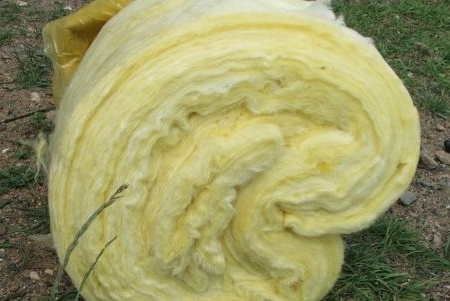
2. Glass wool is a more economical option than mineral wool. When working with glass wool, be sure to use protective gloves, as this material is very scratchy and can injure your hands.
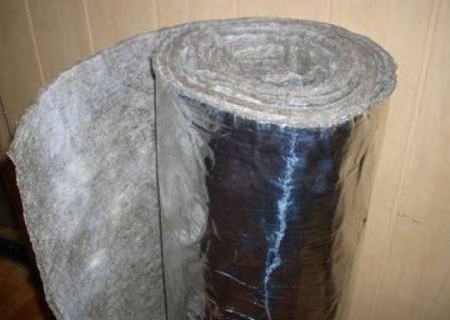
3. The leader among the popularity on the market of insulation is Polyfoam. Very comfortable and practical material. Known for high thermal conductivity and ease of installation. It is not susceptible to moisture, easy to process, has an affordable price. The lines of its operation reaches forty years. The disadvantage of this material is that it is not able to pass air.
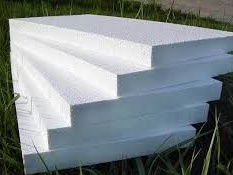
4. Reflective insulation - this type of insulation appeared on the market relatively recently, but has already managed to win its fans. Reflective insulation is a roll material on one side, which is covered with foamed polyurethane foam, and on the other hand, polished foil.
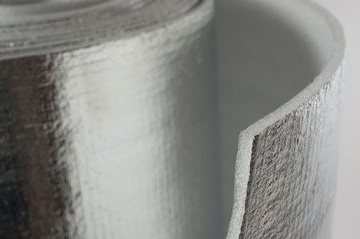
It is worth starting the garage insulation from the exterior walls, if you have a brick garage, then foam plastic is perfect for its insulation. Walls insulated with polystyrene foam well retain the air temperature in the room. To prepare the surface for attaching the foam, they must be cleaned of extraneous dirt, dried plaster and various kinds of stains, the final step in the preparation of the walls should be the processing of their primer.
We begin to lay the foam.
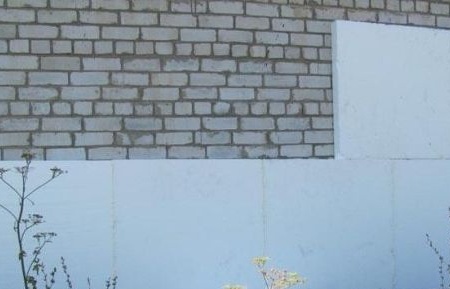


We apply glue to the surface of the foam sheet and use a toothed spatula to evenly distribute it on the surface of the sheet, then press the foam sheet tightly against the wall, lay the foam sheets on the wall in a checkerboard pattern, tightly fixing them together. The first row must be laid out on the bar, which is attached with dowels
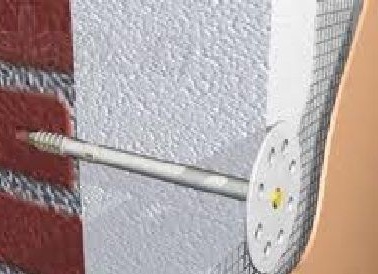
After the glue has completely dried, I recommend additionally fixing each sheet of foam with plastic dowels. After all the walls are lined with polystyrene sheets, we proceed to the final stage of insulation, and personalized to applying plaster on our sheets of polystyrene.
Plaster itself will perform two important functions:
- make a kind of protective layer of our foam sheets from the effects of weather factors;
- will perform a decorative function for exterior walls. The plastered walls can be painted in any color that suits your taste.
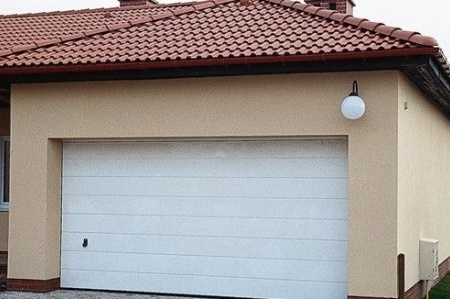
Warming of internal garage walls.
This method of insulation is used very rarely, but nevertheless it has a place to be. The process of warming the internal walls is in many ways similar to the process of warming the external walls, and it is also worth starting with preparing the walls for warming.
To warm the walls from the inside, you will need to make partitions with the help of drywall, in which you will lay the thermal insulation. To create such a frame, standard metal profiles, UD guides and wall CDs are used, which are attached to the wall using self-tapping screws. This design is sutured with drywall using the same screws. Glass wool should be placed in the prepared partitions and attached to the surface using special hooks. The next stage is the installation of a vapor barrier. For this, the membrane is best suited, it is placed in the joint with cotton insulation.
